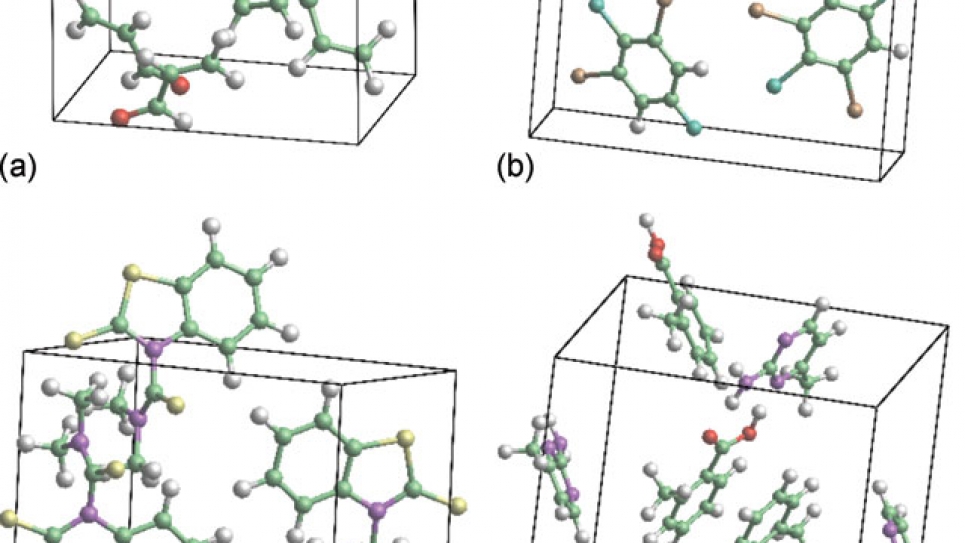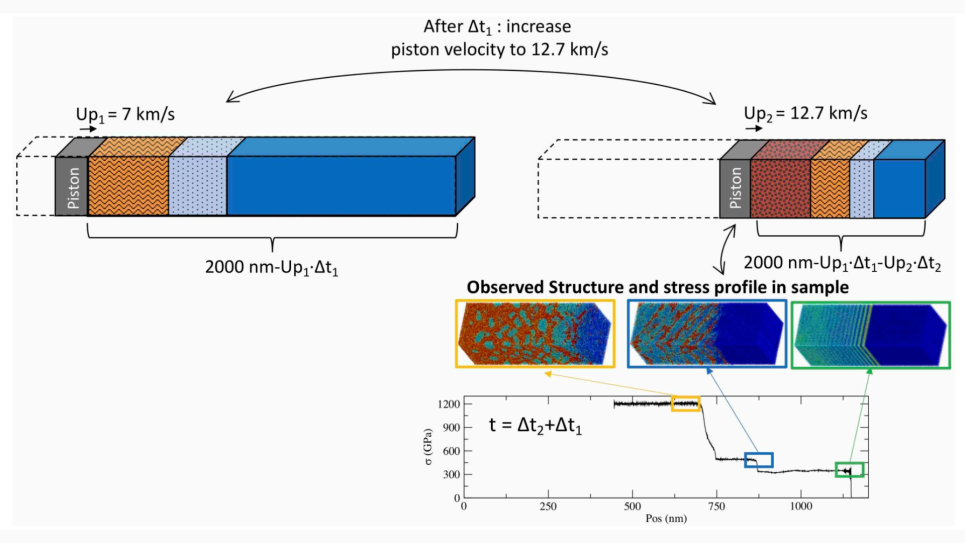
Toward Crystal Engineering from First Principles
Crystal engineering is a bottom-up approach to designing new crystalline materials out of molecular building blocks with vast and far-reaching applications. It is fascinating that seemingly unrelated applications, such as developing antimalarial drugs and developing metal-organic frameworks (MOFs) for hydrogen storage, share similar design principles and synthesis strategies.
We seek a deeper understanding of the intermolecular interactions that govern the properties and synthesis of supramolecular entities in order to enable computational crystal engineering from first principles. For this purpose, we will employ density functional theory (DFT) in conjunction with the Tkatchenko-Scheffler van der Waals correction (TS-vdW). We will focus primarily on demonstrating the capability of our approach to describe correctly the geometry, electronic structure, and energetics of known supramolecular systems. This will be done through a series of case studies exemplifying generally applicable concepts in crystal engineering, namely, the prediction of polymorphism in molecular crystals, the interaction of hydrogen with MOFs, and the control of crystallization by tailor- made additives. The case studies will be chosen to reflect the wide variety of applications of crystal engineering from biological systems, such as amino acids and antimalarial drugs, to technological applications, such as dye-sensitized TiO2 clusters for solar cells and MOFs for hydrogen storage. The systems we intend to study comprise several hundred atoms, pushing the size limits of fully quantum mechanical electronic structure calculations and requiring massively parallel computing.


